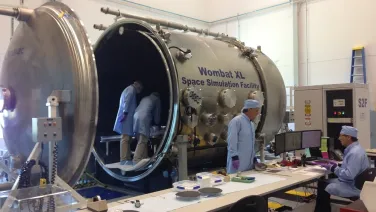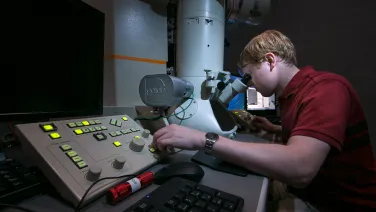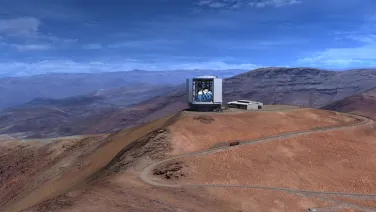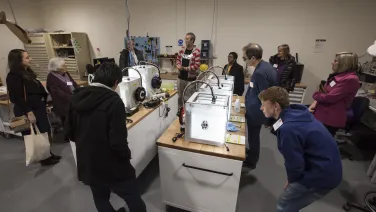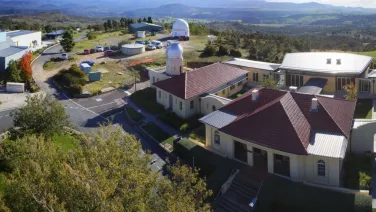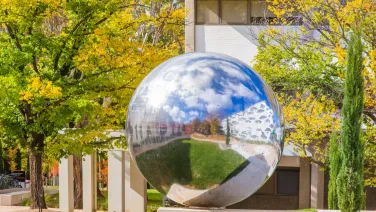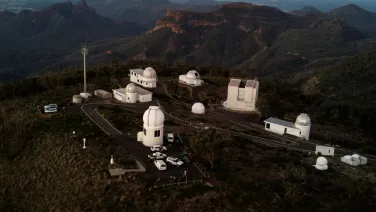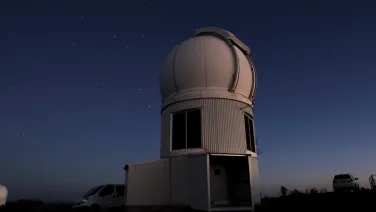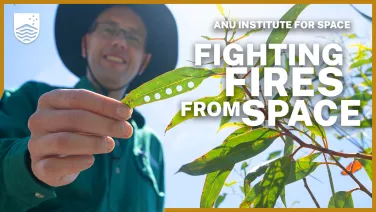
Astronomy & Astrophysics
About
The ANU Research School of Astronomy and Astrophysics operates Australia’s largest optical observatory and has access to the world’s largest optical telescopes.
Our staff and students have made major contributions to astronomy, mapping the structure and formation of the Milky Way, discovering planets orbiting other stars, measuring dark matter both within our Galaxy and in the wider Universe, and discovering the accelerating expansion of the Universe.
Our astronomers include winners of the Prime Minister’s Prize for Science and the Nobel Prize.
At our administrative home at the Mount Stromlo Observatory we host the Advanced Instrumentation and Technology Centre which is a national facility established to support the development of the next generation of instruments for astronomy and space science.
Our research telescopes are situated in the ANU Siding Spring Observatory, located in the Warrumbungle region of New South Wales. The observatory began as a field station for the Mount Stromlo Observatory and has since become Australia’s premier optical and infrared observatory, housing the state-of-art SkyMapper telescope.
The University also has a ten per cent share in the Giant Megellan Telescope under construction in Chile. When completed, it will be the world’s most powerful telescope.

